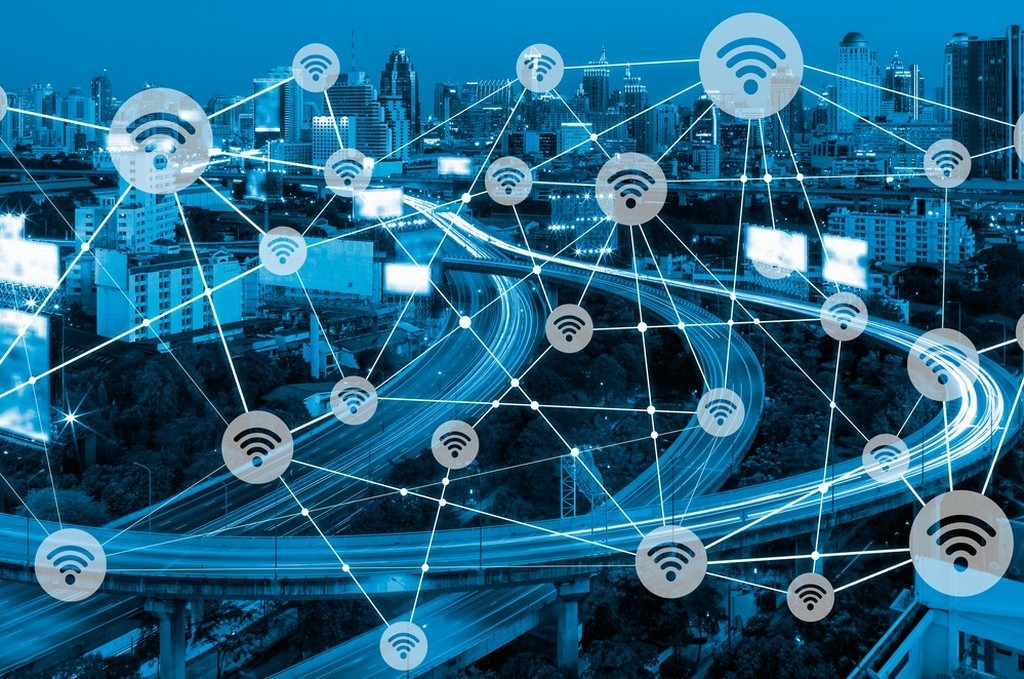
Wi-Fi devices have become an integral part of our daily lives, transforming the way we connect, work, and entertain ourselves. From the early days of wireless networking to today’s sophisticated gadgets, the evolution of Wi-Fi technology reflects broader changes in our digital landscape and societal expectations. This article explores the development of Wi-Fi devices and their profound impact on modern life.
Early Beginnings
The journey of Wi-Fi technology began in the 1990s, when wireless networking standards were still in their infancy. The Institute of Electrical and Electronics Engineers (IEEE) introduced the 802.11 standard in 1997, marking the birth of Wi-Fi. Early Wi-Fi devices, such as the first wireless routers and network cards, were relatively bulky and had limited range and speed. Despite these limitations, they laid the groundwork for a revolution in connectivity.
The initial adoption of Wi-Fi was slow, primarily due to the high cost of devices and the limited availability of compatible hardware. However, as technology advanced and prices dropped, Wi-Fi began to gain traction. The introduction of the 802.11b standard in 1999 significantly improved performance, offering a maximum speed of 11 Mbps, which was a game-changer at the time.
Technological Advancements
The early 2000s witnessed rapid advancements in Wi-Fi technology. The introduction of the 802.11g standard in 2003 brought a substantial increase in speed to 54 Mbps, making wireless connections more practical for everyday use. This period also saw the proliferation of Wi-Fi-enabled devices, including laptops, smartphones, and gaming consoles. Wi-Fi hotspots began appearing in public spaces like cafes and airports, further expanding the technology’s reach.
The next major leap came with the 802.11n standard, introduced in 2009. This standard brought improved speed and range, thanks to advancements in MIMO (Multiple Input Multiple Output) technology. With speeds of up to 600 Mbps, 802.11n enabled more reliable streaming, faster downloads, and better support for multiple devices simultaneously.
In recent years, the 802.11ac standard, also known as Wi-Fi 5, revolutionized wireless networking with speeds exceeding 1 Gbps and enhanced performance in congested environments. The introduction of Wi-Fi 6 (802.11ax) in 2019 further advanced the technology, offering higher speeds, greater capacity, and improved efficiency. Wi-Fi 6’s capabilities, including features like OFDMA (Orthogonal Frequency Division Multiple Access) and Target Wake Time, have been crucial in meeting the demands of modern connected homes and businesses.
Impact on Modern Life
The impact of Wi-Fi devices on modern life is profound and multifaceted. For individuals, Wi-Fi has become synonymous with convenience and connectivity. The ability to access high-speed internet wirelessly has transformed how we work, communicate, and entertain ourselves. Remote work and online education have become mainstream, facilitated by reliable Wi-Fi connections. Streaming services, such as Netflix and Spotify, have revolutionized entertainment consumption, making it easier than ever to enjoy high-quality media on demand.
In homes, Wi-Fi devices have become central to smart living. From smart thermostats and lights to security cameras and voice assistants, Wi-Fi is the backbone of the Internet of Things (IoT). These devices enhance convenience, security, and energy efficiency, reflecting the growing trend toward smart home automation.
On a broader scale, Wi-Fi technology has significant economic implications. It supports various industries, including retail, healthcare, and transportation, by enabling innovations such as mobile payments, telemedicine, and connected vehicles. Public Wi-Fi networks in cities and public transport systems also contribute to social inclusion, providing internet access to individuals who might otherwise be digitally marginalized.
Future Prospects
Looking ahead, the future of Wi-Fi technology promises even more exciting developments. The ongoing rollout of Wi-Fi 6E, which operates in the 6 GHz band, will offer even greater speeds and capacity. As we move towards the next generation of Wi-Fi, including Wi-Fi 7, anticipated improvements in speed, latency, and connectivity will further enhance the user experience.
The continued evolution of Wi-Fi devices will also support emerging technologies, such as augmented reality (AR) and virtual reality (VR), which demand high-bandwidth, low-latency connections. As these technologies become more mainstream, Wi-Fi will play a crucial role in their adoption and integration into everyday life.
In conclusion, Wi-Fi devices have undergone remarkable evolution since their inception, shaping how we interact with the digital world. From their humble beginnings to their current status as essential tools for connectivity and innovation, Wi-Fi technology has had a profound impact on modern life. As we look to the future, the ongoing advancements in Wi-Fi promise to further enhance our digital experiences and connectivity.


